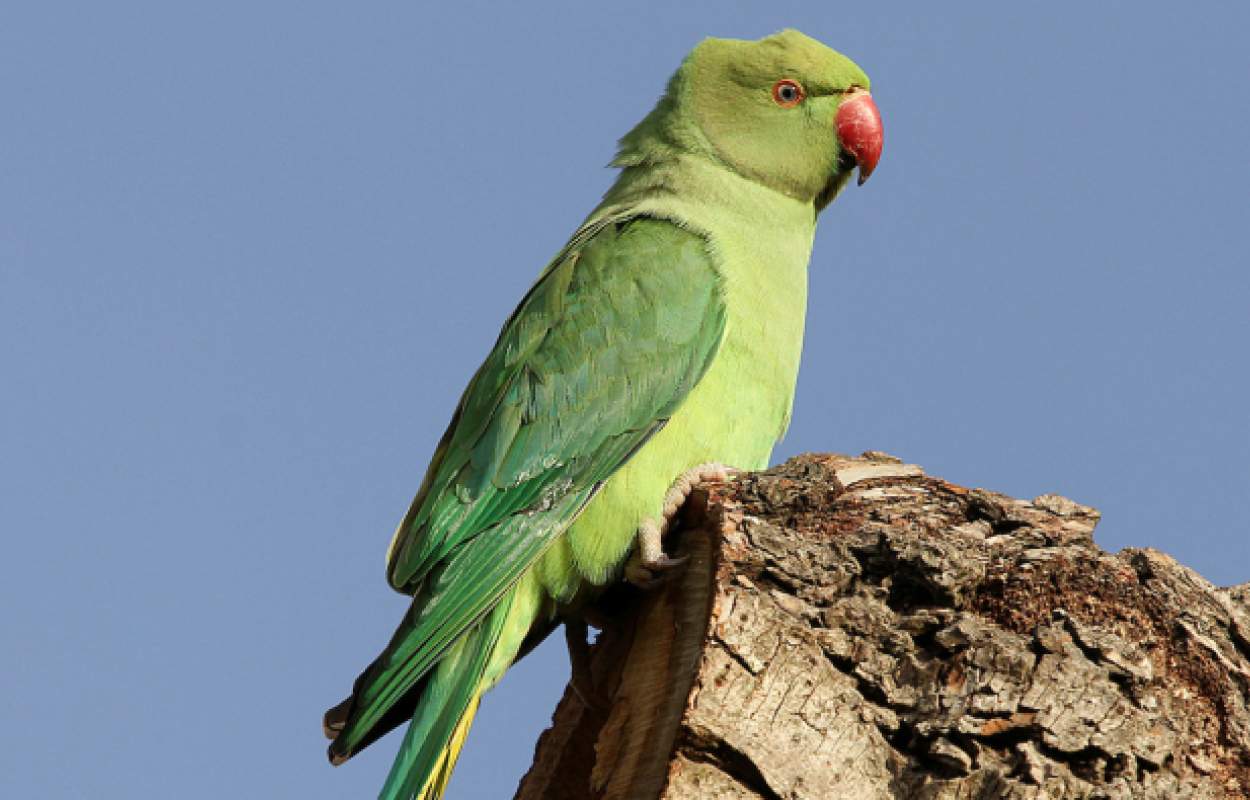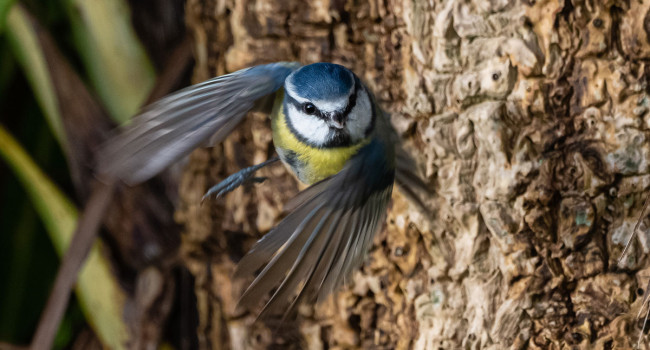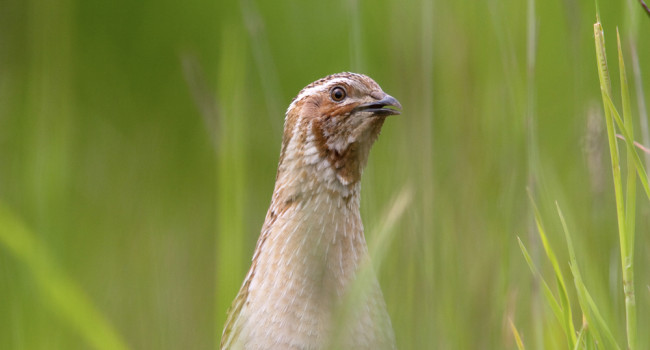Can climate matching predict the current and future climatic suitability of the UK for the establishment of non-native birds?

Author(s): Border, J.A., Johnston, A. & Gillings, S.
Published: March 2018
Journal: Bird Study Volume: 65
Digital Identifier No. (DOI): 10.1080/00063657.2018.1438362
Invasive species can have serious effects in their new home turf; they can be economically expensive, potentially cause health hazards, and they can have a large impact on the native biodiversity. Predicting whether invasive species are likely to colonise the UK is therefore an important priority. This study compared the suitability of the climate in the UK against the native range of 167 potentially invasive, or already established non-native bird species to see which species would be able to expand their range into the UK.
Climate parameters that were used included temperature, precipitation and moisture. Values were used for both the current climate and the projected future climate. Results predicted that in the future, the UK climate will be suitable for more non-native species. Currently the UK climate was deemed suitable for 69 out of the 167 species included, but only 44 of those species actually currently occur in the UK. The results also showed that 85% of species that have colonised the UK successfully were found in climatically unsuitable areas. Many of these were usually found in areas that were wetter than their native range.
In conclusion, there was no overall support that climate suitability is a reliable predictor of non-native bird species’ ranges, as there are many other contributing factors. Non-native populations are highly dependent on when and where introductions take place. Additionally, local availability of resources and competition with native flora and fauna may prevent establishment. Similarly, some birds which may not be climatically suited to the UK may be able to evolve rapidly to adjust to a different climate, or human influence (such as feeding) may provide them with the resources they need to survive. Regular surveying will be necessary to determine the effect climate change has on bird populations, and on where they may go in future.
Abstract
Aims: Non-native species are spreading at unprecedented rates and though invasions are expected to increase under climate change, evidence for this is mixed. We assess climatic suitability throughout the UK based on the apparent match to the climate in species’ native ranges and investigate potential climatic limitation within the non-native range.
Methods: Climate was characterized within polygons representing the native ranges of 167 potentially invasive species. Parts of the UK with current and future climate similar to that in the native range were deemed climatically suitable. The incidence of recent observations inside and outside suitable areas was used to test hypotheses about climatic limitation of non-native ranges.
Results: Climate matching suggests that 69 of 167 non-native bird species could currently find climatically suitable areas for establishment in the UK. Future climate change would see this number increase by 14% by 2080. However, observed occurrences of non-native species in the UK were not significantly correlated to climatic suitability. Only 44 of the 69 species with suitable climate in the UK were present. Moreover, 85% of species observed in the UK had some UK occurrences in climatically unsuitable areas and for 57 species their entire UK range was in climatically unsuitable areas. Similar results were apparent for the subset of 12 species with established UK populations.
Conclusions: Climate matching provides a relatively poor indication of the extent of current and future suitable areas because species can adapt to new climates or other factors constrain the native range and many climatically suitable areas are currently unoccupied. Improvements to climate matching techniques and ongoing surveillance are required to refine predictions to support effective management policies.








Share this page